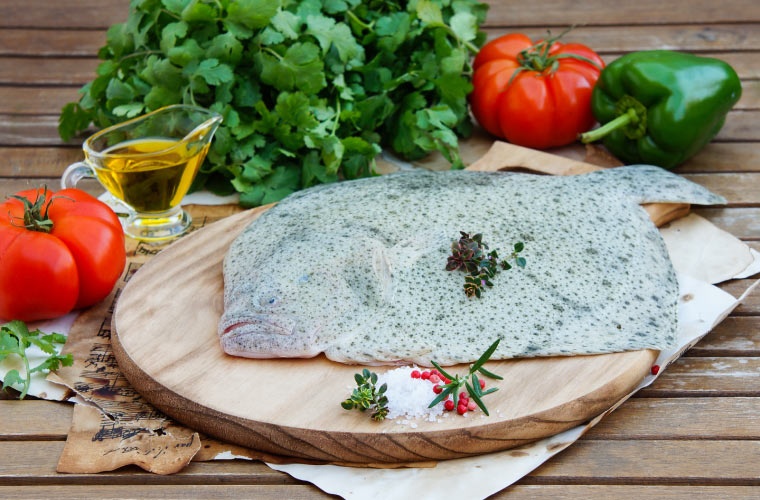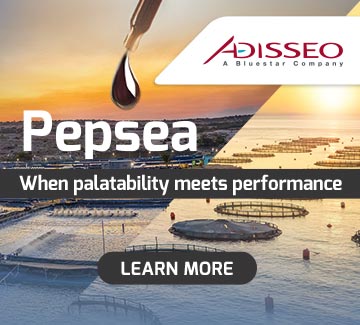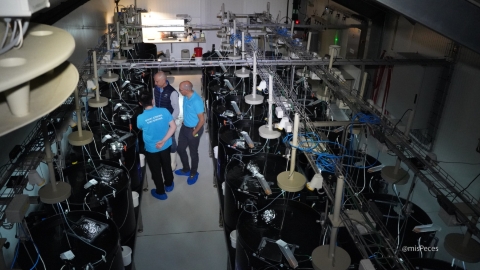
A recent academic study conducted by José Fernández Polanco, University of Cantabria, Raquel Fernández González, University of Vigo, both from Spain, and Trond Bjorndal, SNF, from Norway, has identified high market concentration, price rigidity and inelastic demand as defining characteristics of the European farmed turbot sector. Today, the market is dominated by three major players: Stolt Sea Farm and Nueva Pescanova, both based in Galicia, Spain, and Flatlantic, headquartered in Portugal.
According to the research, European farmed turbot production reached 12,632 tonnes in 2022, with a market value of €94.07 million. This places turbot as the tenth most important species by volume and the ninth by value within the continent’s aquaculture industry. Spain leads the sector with 8,766 tonnes, followed by Portugal with 3,600 tonnes. Notably, all of Spain’s turbot production is concentrated in Galicia, which alone accounts for 12.8% of global production of the species.
The report also highlights that Flatlantic currently operates with an annual production capacity of 3,000 tonnes, with plans to expand to 16,000 tonnes over the coming decades, reinforcing its position as the third-largest turbot producer in Europe.
Using advanced econometric models, the researchers found no consistent long-term link between the price and volume of farmed turbot produced in Portugal and wild turbot imported from the Netherlands. This disconnect suggests that companies have the ability to maintain stable prices, regardless of shifts in consumer demand — a hallmark of markets dominated by a few powerful players.
As the authors note “results also showed that wild turbot export prices are endogenous in their relationship with the ex-farm prices of farmed turbot.” These results, they add, “are consistent with what one would expect in an oligopolistic market, where prices tend to remain rigid.”
When the term “oligopoly” often carries negative connotations, co-author José Fernández Polanco stresses that this “isn’t the case here”. “There is competiton-just not in price. Companies compete on quality, service, and innovation.”
From his perspective, this concentrated structure brings stability not only to the farmed turbot sector, but also to the wild catch market, which faces its own significant supply constraints.
“Turbot is a prime example of how a highly concentrated industry can have a positive impact-helping to stabilize prices while encouraging improvements in quality.”
In contrast, Fernández Polanco warns that industries focused solely on boosting production and undercutting prices often fall into cyclical crises, driven by imbalances between supply and demand.
He also points out that turbot is a uniquely challenging species, where scaling up production is no easy task. For that reason, he believes the sector has naturally evolved towards a market structure that suit the biology of the species- one that ensures profitability for producers and reduces the volatility often seen in capture prices.
The authors also argue that this situation is partly a “consequence of the technical and regulatory conditions limiting the expansion of the industry’s production capacity.”
“We have got a model that works: it secures returns for aquaculture businesses without harming traditional fisheries,” he concludes.
Reference:
Fernández Polanco, J., Fernández González, R., & Bjorndal, T. (2025). Market structure, price determination and vertical coordination in the European turbot (Psetta maxima) aquaculture sector. Aquaculture Economics & Management, published 20 June 2025. https://doi.org/10.1080/13657305.2025.2519720


